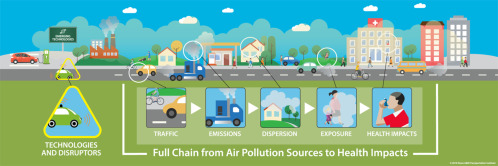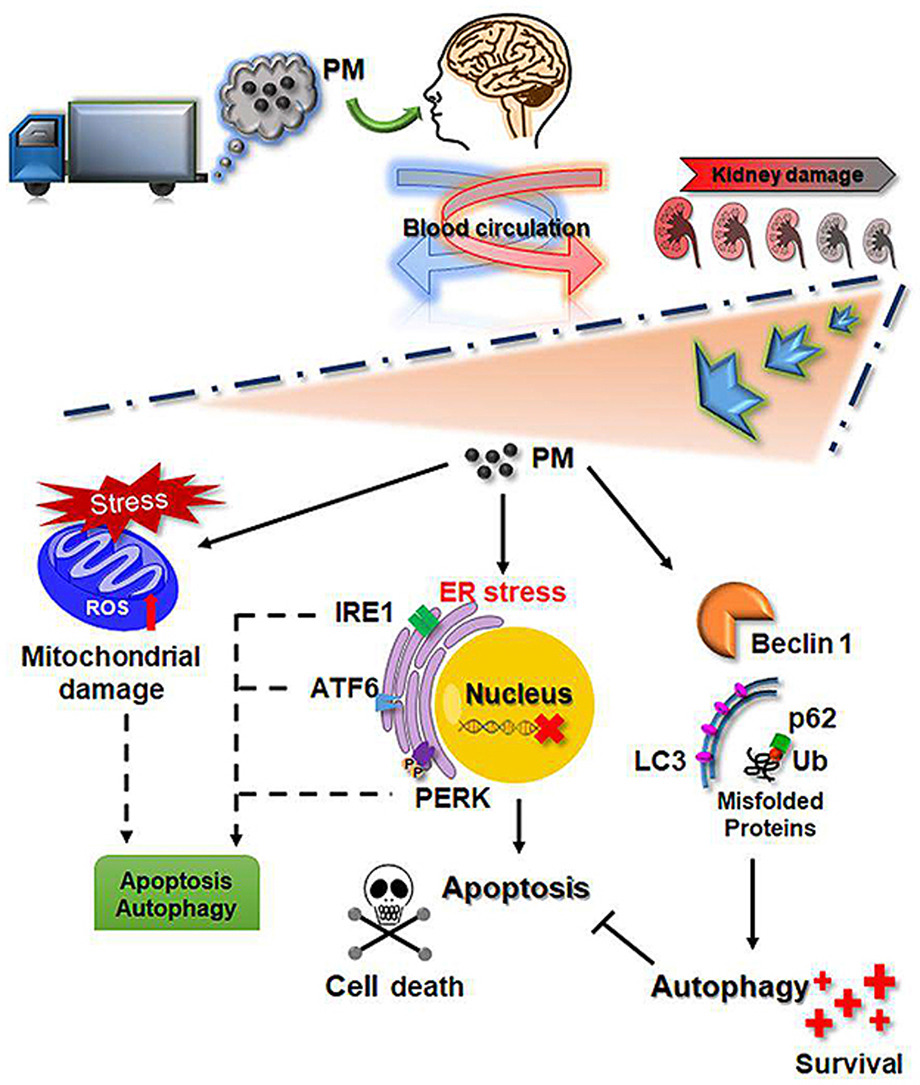Traffic congestion, a chronic problem in many urban areas worldwide, presents a complex challenge with far-reaching implications for several Sustainable Development Goals (SDGs). This issue, characterized by slower vehicle speeds, longer trip times, and increased vehicular queuing, impacts not only the efficiency of urban transport systems but also the health, environment, and overall sustainability of cities.
First and foremost, traffic congestion is intrinsically linked to SDG 11, which focuses on Sustainable Cities and Communities. Congestion undermines the livability of urban areas by causing delays, increasing transportation costs, and reducing the economic productivity of the city. By alleviating traffic congestion, cities can become more efficient and pleasant places to live and work. Improved traffic management, including the development of smarter city planning and transport infrastructure, can enhance the quality of life for residents by making commuting more efficient and reducing the time spent in traffic.
In terms of health implications, congestion directly affects SDG 3, which emphasizes Good Health and Well-being. The increased pollution resulting from congestion contributes to poor air quality, leading to respiratory diseases and other health problems for city dwellers. Additionally, the stress and frustration associated with long commutes can have detrimental effects on mental health. Reducing congestion can therefore have significant benefits for the physical and mental well-being of urban populations.
Traffic congestion also has a critical impact on SDG 9, which covers Industry, Innovation, and Infrastructure. Efficient and robust transport infrastructure is essential for reducing congestion. Investment in innovative transport solutions, such as smart traffic management systems, can greatly enhance the flow of traffic. Upgrading infrastructure to support more efficient public transportation, as well as non-motorized transport options like cycling and walking, can significantly alleviate congestion.
Furthermore, addressing traffic congestion contributes to SDG 13, Climate Action. Traffic jams result in vehicles spending more time on the road, which leads to higher emissions of greenhouse gases. By encouraging more sustainable modes of transportation, such as public transit, cycling, and electric vehicles, cities can reduce their carbon footprint. This shift not only alleviates congestion but also contributes to the broader goal of combating climate change.
The impacts of traffic congestion also extend to other SDGs. For example, reducing congestion can contribute to SDG 7 (Affordable and Clean Energy) by decreasing the dependence on fossil fuels and promoting the use of more energy-efficient modes of transportation. Additionally, congestion can exacerbate inequalities (SDG 10), as it often disproportionately affects low-income communities who may have less access to efficient transportation options.
Traffic congestion is a multifaceted challenge that affects various aspects of urban life and sustainability. Addressing this issue requires a holistic approach, encompassing improved urban planning, investment in infrastructure, innovation in transport technologies, and encouragement of sustainable transportation habits. By tackling traffic congestion effectively, cities can make significant progress towards achieving multiple Sustainable Development Goals, creating healthier, more livable, and sustainable urban environments.
Background: Individuals with COPD have increased sensitivity to traffic-related air pollution (TRAP) such as diesel exhaust (DE), but little is known about the acute effects of TRAP on exercise responses in COPD. Research Question: Does exposure before exercise to TRAP (DE titrated to 300 μg/m3 particulate matter < 2.5 μm in diameter [DE300]) show greater adverse effects on exercise endurance, exertional dyspnea, and cardiorespiratory responses to exercise in participants with mild to moderate COPD compared with former smokers with normal spirometry and healthy control participants?
Transportation is a basic social need, but most trips are done by private vehicles, which is not environmentally sustainable with growing urban populations. Micromobility (e.g., shared bikes) represents a significant opportunity to replace short private vehicles trips (0–3 miles) and reduce transportation sector emissions. This paper uses Seattle as a case study and estimates that up to 18% of short car trips could be replaced by micromobility.
Traffic emission is responsible for most small-sized particulate matter (PM) air pollution in urban areas. Several recent studies have indicated that traffic-related PM may aggravate kidney disease. Furthermore, exposure to particulate air pollution may be related to the risk of chronic kidney disease (CKD). However, the underlying molecular mechanisms have not been adequately addressed. In the present study, we studied the mechanisms of renal damage that might be associated with exposure to PM.


